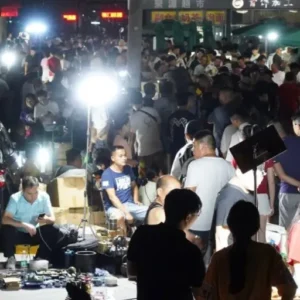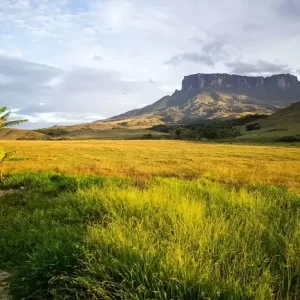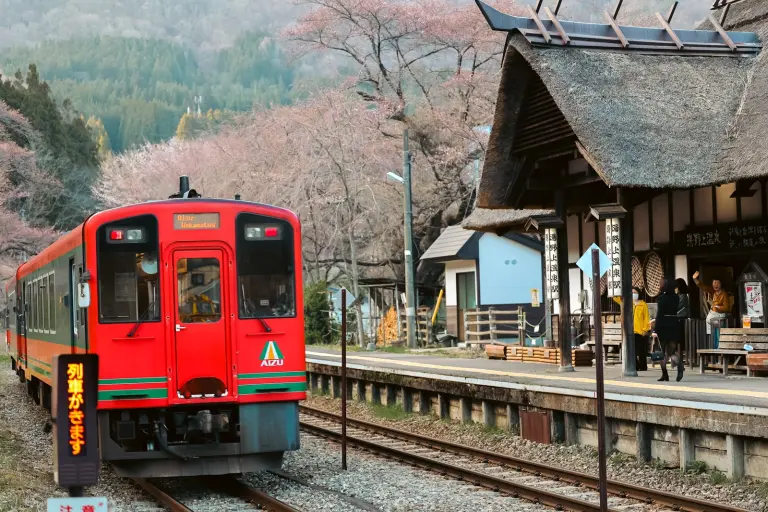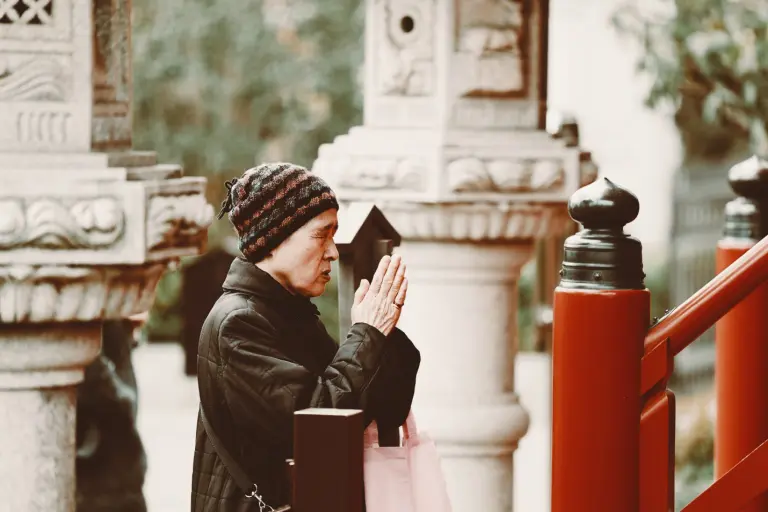Deep in the heart of South America lies one of the world’s most tantalizing mysteries — a fabled Inca treasure rumored to contain at least 10 tons of gold, hidden somewhere in the Peruvian jungle. For centuries, treasure hunters and historians alike have searched for this vast fortune, but its exact location remains lost to time, danger, and legend.
The Blood-Cursed Treasure of the Inca
Legend says that during the 16th century, as the Spanish conquistadors invaded South America, the Inca people hid a massive treasure deep in the wilderness to protect it from the invaders. This treasure — glittering with gold, emeralds, and sacred artifacts — is said to be protected by a deadly curse, sworn by the Inca emperor Atahualpa himself as he faced execution.
Before European explorers ever arrived, the Inca Empire flourished across the Andes, building a civilization rich in gold, spirituality, and architectural marvels. In Inca mythology, gold was not merely wealth but a sacred metal, the “sweat of the sun,” used to adorn temples, palaces, and idols dedicated to the Sun God, Inti.
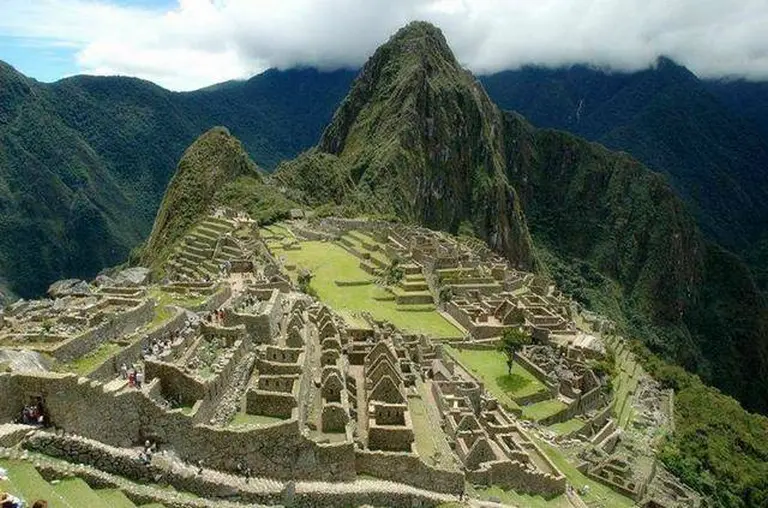
>> Paracas Candelabra: A giant mystery amidst Peru’s untamed land
A Deal Betrayed and a Curse Unleashed
In 1533, Spanish conquistador Francisco Pizarro and his army crossed the Andes, launching a brutal conquest of the Inca Empire. After capturing the Inca king Atahualpa, the Spaniards demanded a ransom in exchange for his freedom. The emperor famously declared, “If you release me, I will fill this room with gold.”
True to his word, gold began to pour in from across the empire — but instead of granting him freedom, the Spaniards executed Atahualpa, seizing only a fraction of the promised wealth: about 362 kilograms of pure gold.
According to Inca legend, with his dying breath, Atahualpa cursed the gold, declaring that anyone who took it would meet a violent end. As the story goes, many of Pizarro’s men later died mysteriously — some in battle, others imprisoned or betrayed. The rest of the treasure was hidden away, its keepers said to have taken their own lives to protect its location forever.

The Myth of the Golden Lake
Another tale suggests that part of the lost treasure lies beneath the surface of Lake Guatavita, often called the “Inca’s Golden Lake.” As part of the royal coronation ritual, the new king would be covered in gold dust and bathe in the lake to wash it away — offering jewels and golden artifacts to the Sun God by tossing them into the water.
Over time, the lake became a massive underwater vault of sacred offerings.
In 1545, the Spanish attempted to retrieve gold from the lake — and indeed recovered a number of artifacts, confirming part of the myth. In 1911, a private company even tried to drain the lake in hopes of retrieving the rumored treasure but found nothing. By 1974, the local government declared the area off-limits to preserve its cultural and environmental significance, shrouding it in even more mystery.

>> Chicama’s marvelous wave of Peru – The world’s longest wave protected by law
A Treasure Still Waiting to Be Found
Whether buried in the jungle or submerged beneath sacred waters, the treasure of the Inca has never been found. What we know is this: 10 tons of gold are still unaccounted for — and legends suggest it remains hidden somewhere in the Peruvian wilds, guarded by ancient spirits and protected by a deadly curse.
For dreamers, adventurers, and treasure hunters, the quest for the lost gold of the Inca is more than a mystery — it’s a symbol of glory, danger, and the irresistible pull of the unknown.
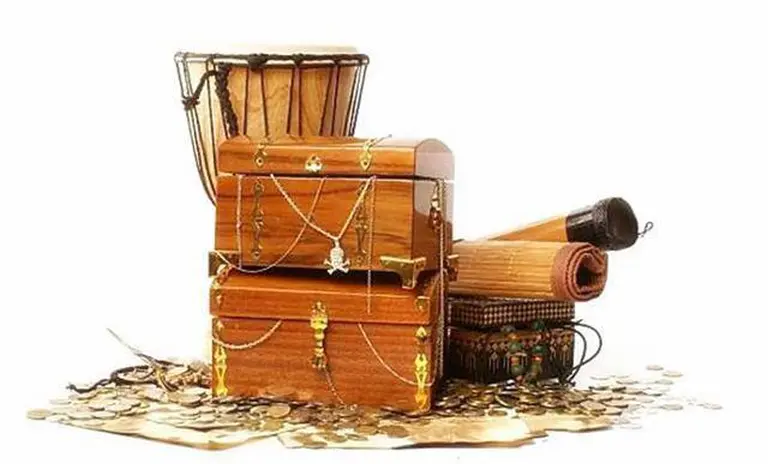
FAQ
What exactly is the Inca treasure?
The Inca treasure refers to the immense wealth of gold, silver, and jewels that the Inca Empire possessed at the height of its power. According to legend, a massive quantity of this treasure — some say over 10 tons of gold — was being transported as ransom for Emperor Atahualpa, who was captured by the Spanish conquistador Francisco Pizarro in 1532.
Who was Atahualpa, and what happened to him?
Atahualpa was the last sovereign emperor of the Inca Empire. After being captured by the Spanish, he famously offered to fill a room once with gold and twice with silver in exchange for his release. The Inca people began gathering the ransom, sending caravans of precious artifacts from all corners of the empire.
But despite collecting the ransom, the Spanish executed Atahualpa in 1533, sparking confusion and distrust. As news of his death spread, many Inca loyalists allegedly hid or abandoned the remaining treasure to keep it from falling into Spanish hands.
Is there any evidence the treasure existed?
Yes — multiple Spanish chronicles and letters from the 16th century document the gathering of gold for Atahualpa’s ransom. Many of these artifacts made it into Spanish hands, but not all of it. The most famous “lost” portion is believed to have been diverted and hidden in the dense Peruvian jungle, possibly near the region of Cajamarca or the eastern Andes.
Why has it never been found?
The treasure’s disappearance has baffled explorers for centuries due to:
- The rugged and inaccessible terrain of Peru’s highlands and jungles
- No reliable maps or markers left behind
- Constant conflicts and colonization which disrupted native knowledge and oral traditions
- Theories suggesting it may have been melted down, scattered, or ritually buried
Despite numerous expeditions, no confirmed trace of the “lost treasure” has ever been recovered.
What are the most famous theories about its location?
Several popular theories suggest:
- The treasure was hidden near Lake Yanacocha, a remote and mysterious lake often tied to the legend.
- It lies buried in the Llanganates Mountains, a vast and inhospitable range known for swallowing entire expeditions.
- Some believe the treasure ended up in underground tunnels in the city of Cusco or was sent toward the Amazon Basin, where it was lost forever.
Have there been any modern attempts to find it?
Yes! From 19th-century explorers to 21st-century treasure hunters using satellites and drones, the search continues:
- Ecuadorian and Peruvian expeditions have scoured the Andes and Amazon.
- In recent years, teams have used ground-penetrating radar and LiDAR to scan jungle floors.
- Some local guides and shamans claim to know secret locations passed down through generations — but none have led to a confirmed discovery.
Could the treasure still be out there?
It’s entirely possible. Peru’s jungles are vast, unexplored, and dense, hiding many archaeological wonders. The combination of ancient legends, fragmented historical records, and Peru’s complex geography keeps the hope alive for many adventurers and historians.
Has Hollywood or literature featured the Inca treasure?
Absolutely! The legend has inspired countless films, documentaries, and novels. Stories of the Inca gold have influenced:
- Adventure films like Indiana Jones and The Road to El Dorado
- Documentaries on National Geographic and History Channel
- Treasure-hunting novels and conspiracy thrillers
The Inca treasure continues to be a favorite subject in pop culture and mythology.
Can tourists visit any related sites?
Yes, several historic and archaeological sites in Peru are tied to the Inca treasure legend:
- Cajamarca – the site of Atahualpa’s imprisonment
- Cusco and the Sacred Valley – former Inca heartlands
- Choquequirao and Machu Picchu – Inca cities possibly connected to escape routes
- The Llanganates Mountains – remote, but some guided tours are available
While no one’s found the treasure, visiting these sites offers rich historical context and incredible scenery.
What makes this legend so enduring?
The Lost Inca Treasure represents more than gold — it’s a symbol of resistance, cultural pride, and mystery. The idea of a hidden hoard untouched for nearly 500 years captivates the imagination, blending history with myth. As long as it remains unfound, the story lives on.
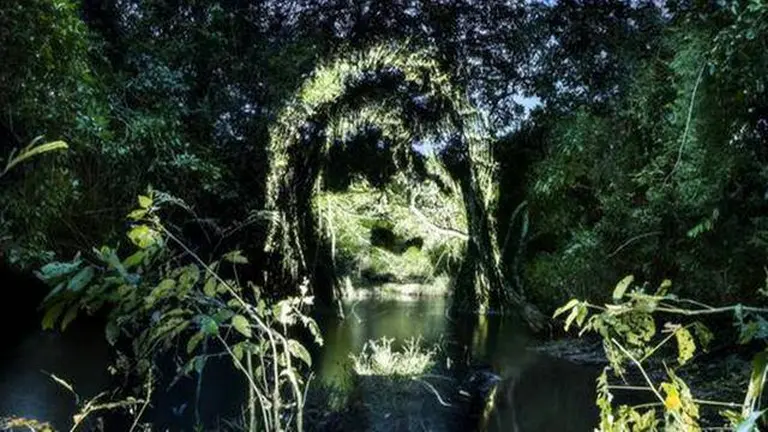
>> Huayna Picchu’s staircase of death: The ultimate challenge of the Inca Civilization
Though the treasure of the Inca remains hidden, Peru itself is a treasure trove of wonders — from the misty peaks of Machu Picchu to the ancient ruins of Cusco and the mystical depths of Lake Titicaca. Even if you don’t uncover gold, you’ll discover something far more valuable: a culture rich in legend, spirit, and awe-inspiring beauty.
If you’re drawn by the mystery of lost civilizations, consider visiting Lake Guatavita in Colombia or exploring the remote cloud forests and sacred valleys of Peru, where the spirit of the Inca still lingers. While independent treasure hunting is prohibited in most of these protected areas, guided tours offer fascinating insights into the myths and history of these sites — and you never know, maybe your journey will bring you closer to the truth behind one of history’s greatest enigmas.
Travel Tips:
- Best time to visit Peru: May to September (dry season)
- Explore Cusco and Sacred Valley: Excellent base for learning about Inca culture and legends
- Lake Guatavita (Colombia): Near Bogotá; accessible via guided day tours
- Respect local customs and protected sites: Many areas are spiritual to indigenous communities and protected by law
- Adventure responsibly: The jungle is beautiful but unforgiving — always travel with an experienced guide
Whether you’re a history buff, a thrill-seeker, or a spiritual wanderer, the legend of the lost Inca gold invites you to dream — and maybe, just maybe, to explore.


